I get relatively anxious when I'm about to meet new people, but it no longer feels like an unbearable challenge. It wasn't always like this. The feeling used to be particularly intense – my self-consciousness often prevented me from taking photos I truly cared about. As a young artist with little experience, I wasn't sure how to approach acquaintances, let alone professionals, and leave a good impression on them. My first encounters with photography involved test shoots and outdoor activities, both of which I worked on independently. In general, however, I preferred to avoid photographing strangers. After all, who would care about an enthusiastic yet tremendously inexperienced beginner who had just entered adolescence?
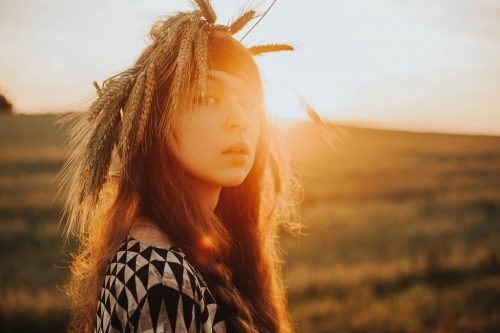
To my pleasant surprise, most of my negative expectations were never met. With the exception of a few incidents (a friend of a friend never showing up to my very first shoot, for example), most individuals seemed to look past the factors I worried they'd mock me for, such as my age, lack of experience, and tiny equipment. Instead, they focused on my creative vision and the few photos I already had in my hungry portfolio. Eventually, I came to enjoy making new connections, sharing my ideas, and focusing on a shoot without worrying about looking foolish. This didn't happen overnight, but it would've happened sooner if I had taken the time to work on (and not run away from) my anxious thoughts.
You might be able to relate to the type of overthinking that ruthlessly blocks creativity. Like a sudden anxiety attack, this intense self-awareness feels endless, tormenting, and draining. All in all, it's not something you want to experience. You're more than your doubts, your worries, and your seemingly infinite list of fears. When I finally became more socially comfortable (more specifically, when I became more comfortable with my introverted nature), I found a valuable opportunity to solely focus on my work without being continuously distracted by fleeting, nonsensical mind chatter. As Eleanor Roosevelt gracefully said:
“You gain strength, courage, and confidence by every experience in which you really stop to look fear in the face. You must do the thing which you think you cannot do.”
Here are some tips to beat your anxiety and take the best possible photos with a clear and motivated mind.
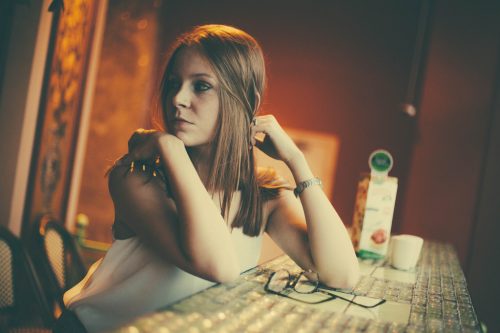
Master the Art of Meaningful Conversations
Diving into a shoot (even if it's a client shoot) might allow room for some conversation. Personally, however, I find that pre-shoot discussions lead to the best creative and social results. Once I'm in shooting mode, I'm not as willing to dive deep into a conversation that's unrelated to the concepts I'm envisioning. Similarly, my clients prefer to enthusiastically focus on various poses and compositions instead of talking about random things. Having a conversation beforehand transforms these awkward silences into comfortable moments of focus – both the model and I are on the same creative level, allowing us to communicate silently without stressing about the next words we'll say.
You don't have to be extremely talkative to make the most of meaningful conversations. As long as you show interest and enthusiasm, a great topic will find its way into your thoughts. I love providing individuals with a fairly clear idea of what I have in mind for a shoot. A few things worth using during this time are:
- mood boards
- short stories
- screenshots on your phone
Anything that will create a better picture of your thoughts will help more than you realize. A single idea during a discussion might unexpectedly lead to a deep and mind-opening conversation. This freeing creative space will encourage your models to contribute their own ideas; even those who aren't professional models will get to reveal their inner creators during this time (which will surprise them and give them a massive boost of confidence – it's a healthy cycle. 🙂 )
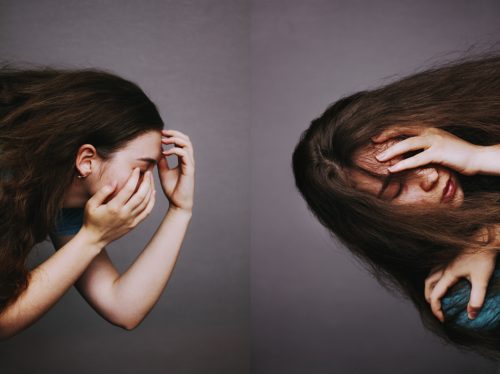
Awkwardness: To Hide or Not to Hide?
I can be exceedingly clumsy when I'm slightly nervous, excitement makes me stutter sometimes, and my body's confidence often decides to melt during the most unfitting situations. These confessions aren't glamorous, I know. Flaws aren't fun to share with loved ones, let alone acquaintances. Funnily enough, my greatest social fear transformed into a sweet advantage. All it took was a few embarrassing incidents that turned out to be great opportunities in disguise. In my experience, every model and client I've worked with has turned out to be just as positively awkward as me.
Letting people know that you're a flawed human being who loves creating art with other flawed individuals is actually quite soothing. In my experience, any fears of pretentiousness, pride, or rudeness immediately disappear once this fact is known. It can be easy to forget how stressful it is to be in front of the camera, and naturally so. Only when I had to model for another photographer did I understand the true beauty of feeling accepted. For example, I once collaborated with a shy but open photographer who made our shoot feel like paradise. She wasn't socially extravagant or extroverted, but she created a tranquil atmosphere by giving me precise directions, allowing room for mistakes, and being herself. This behavior strongly affected my motivation and, in turn, made the artist even more comfortable. The lesson? It greatly helps to put yourself in your subject's shoes and imagine the things that would make you feel more accepted in that position. Knowing that the photographer himself or herself wouldn't judge you if you posed clumsily or blinked too slowly would make you feel understood. Once the social masks are out of the way, honest and genuine conversations start to bloom.
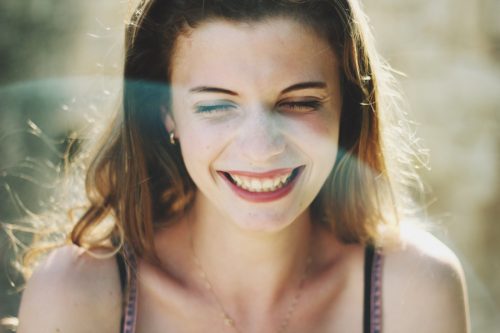
Accept Creative Mistakes
At the very beginning, I often felt pressured to take perfect photos at any point in time. In addition to not having proper conversations with my models, I felt like an inadequate photographer when they disliked the results. This heightened my anxiety, turning me into a paranoid robot. I didn't realize how important it was to accept my creative mistakes and to let others make them freely.
When I modeled for the aforementioned photographer, I felt safe even when a technical issue popped up. When I posed awkwardly, we all laughed it off. Incidents that once felt like the end of the world actually made me laugh! The entire team was a joy to work with not because of their flawless shooting skills (though they were absolute professionals), but because of their openness to making mistakes. I learned a lot from this as a photographer. If something goes wrong during a shoot, don't beat yourself up for it. Giving yourself room to thrive and to fail reduces a significant amount anxiety and enhances the potential of creativity.
If like me, you get relatively anxious when you're about to meet new people, know that it won't always feel like an unbearable challenge. Remain open to meaningful conversations, embrace your awkward sides, and don't run away from creative mistakes. The more you progress in this area of your creative life, the closer you'll get to focusing completely on photography and letting anxiety go. Once this happens, your photos will finally be able to fully reflect the awesomeness within you. 🙂
Good luck!
Further Resources on Model/Client Shoots
- A Portrait Photographer’s Guide To Coaching Clients
- How to Develop the Portrait Photographer’s Mindset
- How to Deal With Demanding Clients: 5 Tips for Photographers

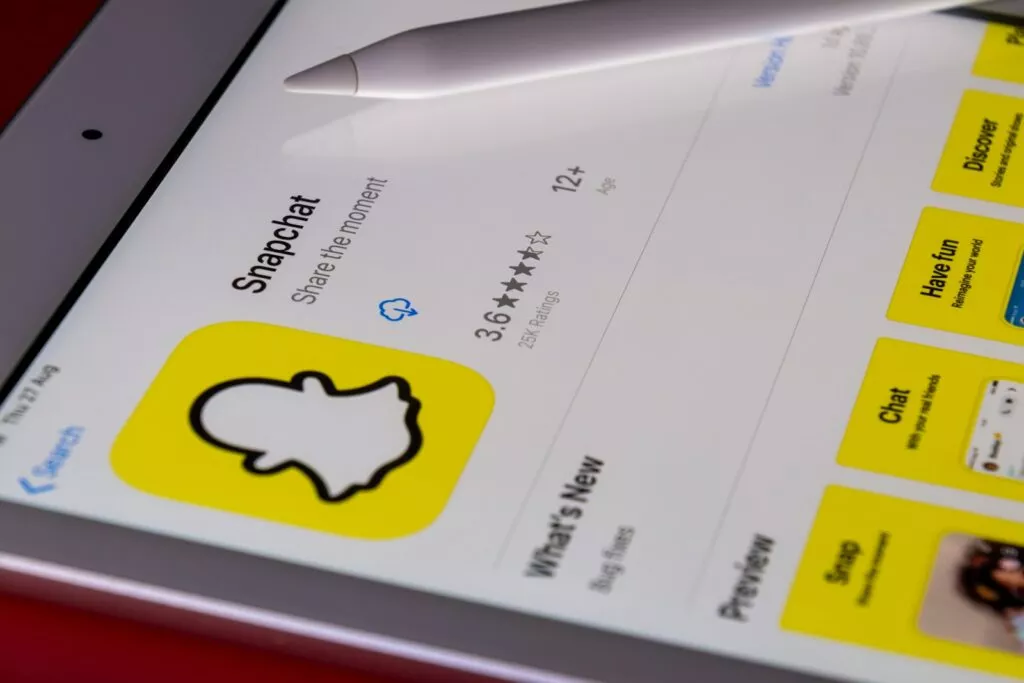


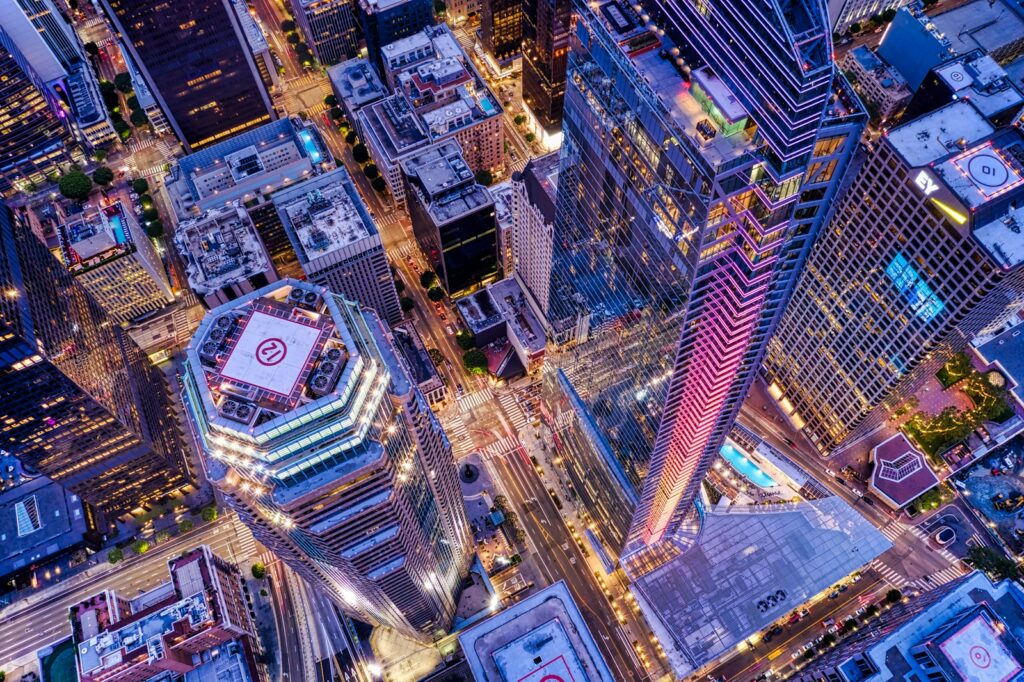
2 Comments
I don’t know if this helps, Taissia. I had a fairly lonely childhood, growing up in a ‘foreign’ country with no other to talk to. By the time I was an adult, I was always very shy and lacking in confidence, especially in any form of public speaking. And then I became aware of something unexpected. MOST people are!
I’d always been very observant – quietly in my ‘corner’, seeing everything but avoiding jumping in, because of my shyness. But I began to notice something – I began to see how other people started to relax, if someone started to ‘hold the floor’, by starting to talk. Maybe not instantaneously – but after a few sentences, they might chip in and say something too. And then that would build, till it was a conversational flow.
When I saw a pattern to this, I started to think maybe I can do that. So I started saying something – anything – to ‘break the ice’. And pretty soon, I’d switched – no longer the shy guy in the corner, but the mouthy one that had to learn a new trick – when to shut up and let everyone else take over.
Your suggestion of pre-shoot conversations seems to me a very good one.
Good luck! Just remember, most of them are nervous too, so there’s no ghost under the bed for you to worry about. Anyway, Casper is a friendly ghost!
What a delightful story, Jean Pierre! I’m very glad that you found an effective way to start great conversations. Thank you for your feedback. Have a brilliant day. 🙂